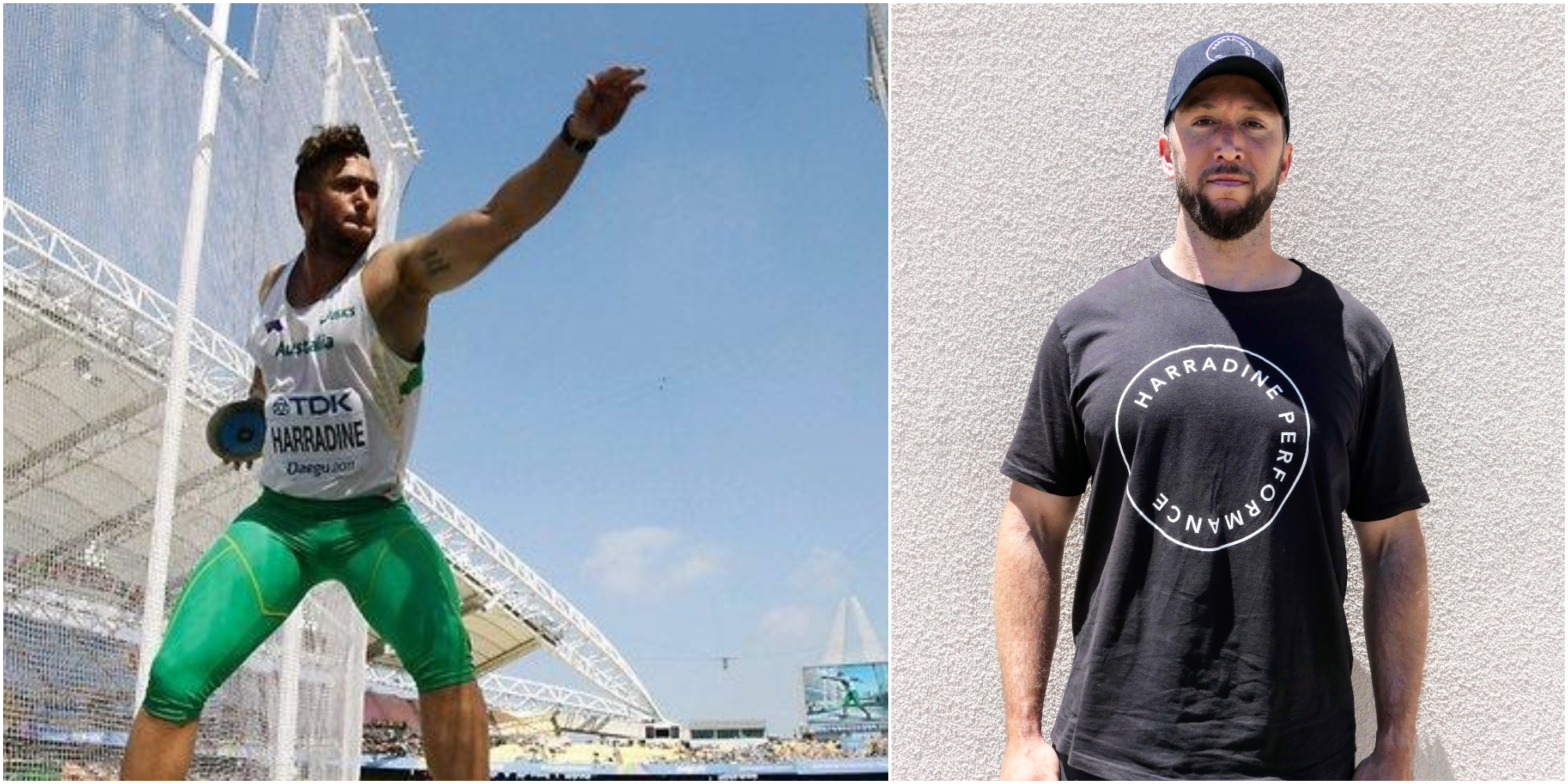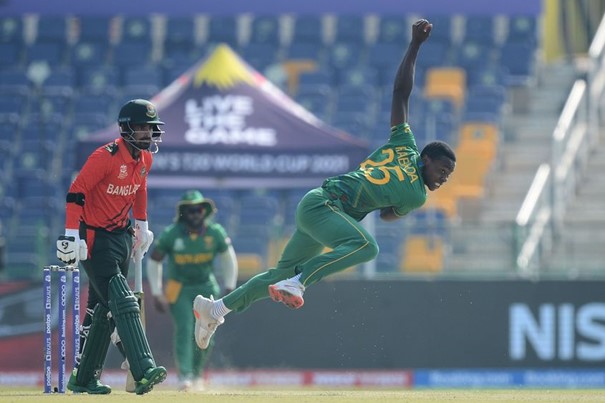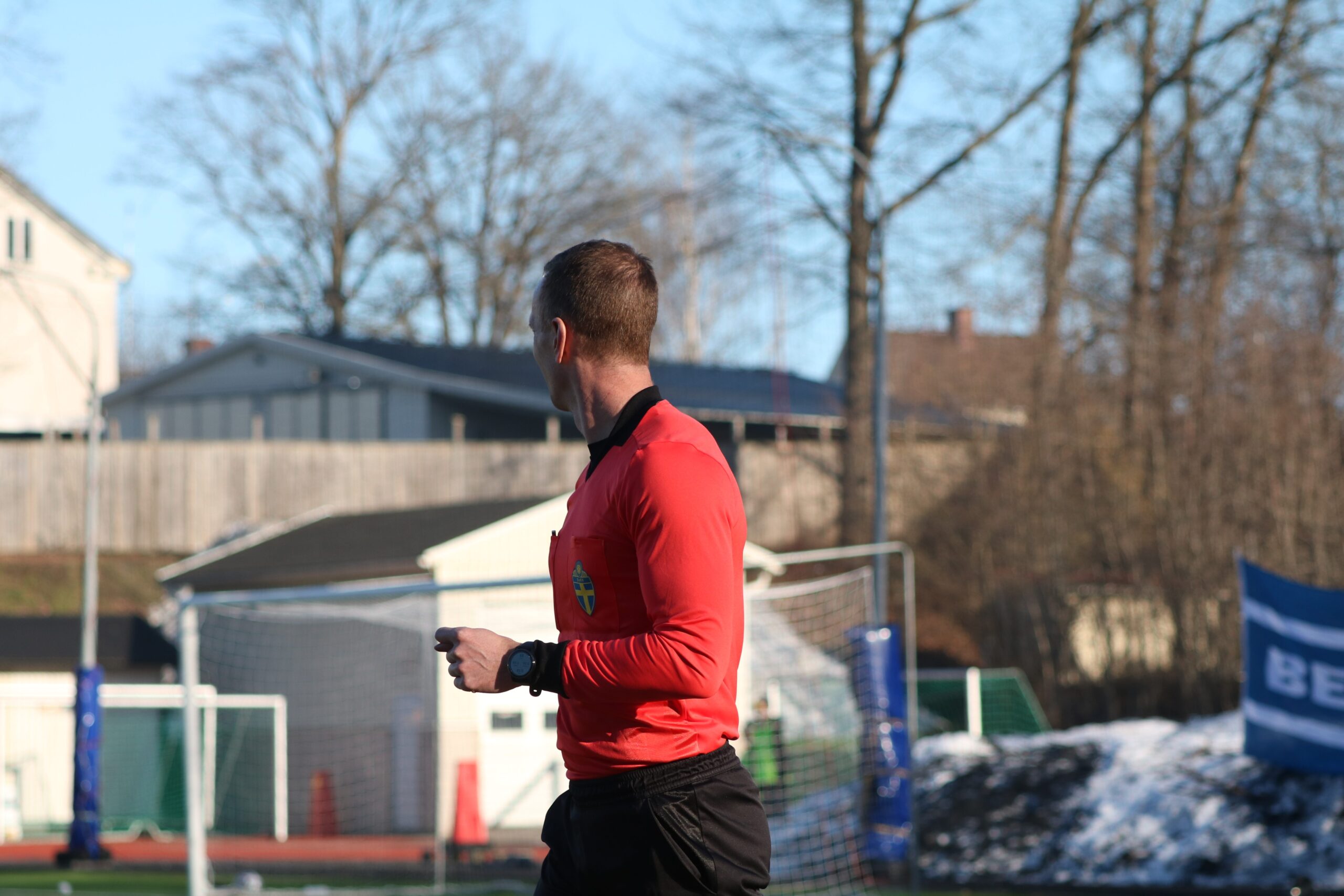Cricket has existed in Sweden for more than 80 years. For the past few years, it has started gaining more interest in the Swedish sporting landscape. That means, there is an opportunity for the clubs to grow, especially financially. “The clubs have not realized their actual possibilities. There is a way for them to become self-funded”, says Benn Harradine, sporting director of Swedish cricket.
Most of the cricket players in Sweden are from so-called cricketing nations. Moreover, cricket is limited to the big cities due to being highly populated with people who are aware of the game. Benn Harradine, sporting director of Swedish cricket, says that their biggest challenge is to introduce cricket to those who have never played it before.
“Cricket is quite young, in terms of its integration into the Swedish sporting system, there is a bit to do. We have to take a few steps back because cricket is yet not relatable to everyone in Sweden”, says Benn Harradine. “Swedish sporting landscape is very keen to try something new, and our goal is to get more people interested in cricket.”
The biggest thing for us is to have more people understanding how the system works rather than just looking to the federation.
Benn Harradine
Existed for more than 100 years
Cricket in Sweden has a much longer history than many people think, it stretches back to 1883 when Sweden’s first cricket club was grounded. Since that, cricket in Sweden has not looked back. Today, there are over 70 clubs in Sweden and most of them are playing in the Swedish cricket league.
“Cricket existing in Sweden is a huge success”, says Benn Harradine. “There are a large number of clubs and people playing cricket. Each year we take steps forward, but we need to make sure there is the right structure.”
“There is no shortage of passion here, but we need to look at how we utilize the resources best that are available for us, so everyone gets a shot, men, women and kids.”
Get more kids in the club
Benn has for the past two years been working with Swedish cricket and how to grow the game that fits under Riksidrottsförbundet’s, RF, and ICC’s requirements. He, alongside Swedish Cricket Federation, is constantly working to create the best environment for organisations to develop and perform. “ICC wants us to utilize their investments in the right way towards a global goal and strategy. By those means, we have a large focus on the women’s game and making the game more accessible to more people”, says Benn Harradine.
Before he stepped in the costume of sporting director, he was at Hammarby Friidrott. There are a lot of positives which are useful for the clubs, he suggests. According to him, the clubs must engage more kids and youths in their association. By doing this, they will have a greater opportunity to speed up the development of cricket in Sweden.
If cricket cannot be just as big or bigger than bandy, then we are doing something wrong.
Benn Harradine
“Support is available in the municipalities and Sisu. The more youth and women players we have in the clubs, the more interested they will be in helping us. This is where the clubs have the opportunity to strengthen their clubs on their own”, says Benn Harradine.
“Also, regions need to work together because isolation does not lead to better resources, togetherness leads to better resources. To do that, we need to see more clubs working together to have more youth moving.”
School cricket is a solution
Moreover, he says that sport in Sweden and Australia is quite different. In Australia, they have inter sports competitions whereas in Sweden there are no such things. To get more kids interested, they must reach out to schools.
“The clubs have not realized their actual power in how they can change the landscape of sport in their community and become more self-funded and independent from the federation”, says Benn Harradine.
Furthermore, he suggests that the clubs should keep it simple and stick with the basics once they are at school. He says that details kill the passion, clubs should start with having fun and make everyone smash and run.
“The more schools we are visiting, the more people will get interested in cricket. And a big part of our job is successful if we have a clear pathway for the kids. Everyone must know how to develop young kids to play for the nations”, says Benn Harradine.
What are your biggest challenges as an organization?
“The biggest thing for us is to have more people understanding how the system works, who does what and how we can help ourselves rather than just looking to the federation”, says Benn Harradine. “That requires not only investment of finances but also of non-profitable force. Bandy used the model of non-profitable force to grow. They understood that it is federation’s job to put implement structures which clubs can use to generate their incomes.”
A big part of our job is successful if we have a clear pathway for the kids.
Benn Harradine
Non-profitable force is key
He also talks about how cricket clubs can use Midnattsloppet and Göteborgsvarvet to grow. In Midnattsloppet, there are over 40,000 participants. Each member of the club works for free to generate income for the club itself. This support then allows the club to sustain its own facilities, projects and organisations.
“Source of the income was the number of participants, the more participants, the more income and profit we would make”, says Benn Harradine. “We could reinvest that money in the club to improve the club’s facilities and the game. When I worked there, we could handle our expenses on our own. We did not have to turn to anyone to ask for help.”
He says that non-profitable force is unmatchable. In Sweden, there are over 70 clubs. In these, some parents and children can work as volunteers. “We need to understand what influence we can have by working together and understanding the non-profitable route”, he says.
He adds: “In that case, we as a federation can work more on infrastructure for the organization. We would not have issues of not having enough grounds or not enough cricket played or conflict of driving here or there. Bandy is quite big in Sweden, if cricket cannot be just as big or bigger than bandy, then we are doing something wrong.”
Photograph: Personal.


